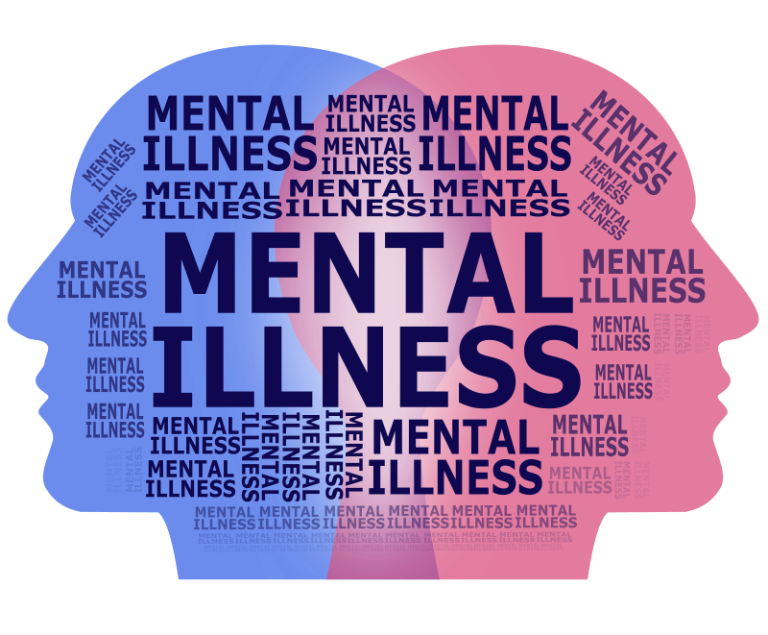Short-Term vs. Long-Term Mentalisation Therapy for BPD: What the Research Shows
-
by
Dr Constantina Katsari
- No Comments on Short-Term vs. Long-Term Mentalisation Therapy for BPD: What the Research Shows
Borderline Personality Disorder (BPD) is a serious mental health condition that affects how people manage emotions, relate to others, and see themselves. For years, the gold standard for treating BPD has been long-term psychotherapy, often lasting well over a year. But a recent study suggests that shorter treatment could be just as effective—offering new hope for people with BPD and those who care for them.
Mentalization-Based Therapy: The Basics
One widely used treatment is Mentalization-Based Therapy (MBT). MBT helps people develop their ability to understand their own thoughts and feelings and those of others—a skill that is often impaired in BPD. This therapy is based on the idea that emotional distress can shut down a person’s ability to mentalize, leading to impulsive actions, unstable relationships, and overwhelming emotions.
Traditionally, MBT programs run for 18 months or more. But this model isn’t always practical. Waiting lists are long, drop-out rates are high, and the demand for trained therapists far exceeds availability. That’s why researchers led by Sophie Juul set out to answer a vital question: Could a shorter, five-month version of MBT deliver the same results?
The Study: Comparing Five and Fourteen Months of Therapy
The research team enrolled 166 adults with either full or subthreshold BPD and randomly assigned them to either a short-term MBT program (five months) or a long-term program (fourteen months). Participants in both groups received group and individual therapy, and the therapy followed the same core principles.
The researchers measured a range of outcomes, including BPD symptoms, day-to-day functioning, quality of life, and episodes of severe self-harm. They also recorded any serious adverse events, such as psychiatric hospitalizations.
What the Results Revealed
After sixteen months, the findings were clear: there was no significant difference between the two groups. People in both the short-term and long-term MBT programs showed similar improvements in BPD symptoms, everyday functioning, and emotional well-being. Even self-harm rates were nearly identical.
Interestingly, more participants in the long-term therapy group ended up in hospital during the study, although this difference wasn’t statistically significant. The researchers couldn’t say for sure why this happened, but it raises important questions about whether more therapy always equals better outcomes.
Why This Matters for Carers and Families
If you’re caring for someone with BPD, you know how emotionally demanding and time-consuming the process can be. Therapy is often a central part of that journey, but committing to a long program can be daunting for both the individual and their support system.
This research offers a different perspective. A shorter, focused MBT program can be just as effective as a longer one. That means quicker access, fewer delays, and potentially less stress for everyone involved. It also gives carers more confidence when discussing treatment options with healthcare providers.
Looking Beyond the Therapy Room
The study also showed that MBT works best when it fits the person’s needs and life circumstances—not when it sticks rigidly to a fixed timeline. Some people might still benefit from longer therapy, especially if they have very severe symptoms or other complicating factors. But the evidence now supports offering shorter therapy as a valid, evidence-based option.
For carers, this flexibility can be empowering. It means you can focus on what works best for your loved one, rather than what’s “supposed” to be best. And it may help reduce the feeling that progress is only possible through years of treatment.
A Step Toward More Accessible Care
This trial is one of the first to compare different lengths of therapy for BPD in a controlled, scientific way. The results align with findings from other recent studies of short-term treatments, like brief Dialectical Behavior Therapy or emotion regulation skills groups.
Perhaps most importantly, this study supports the idea that shorter therapies are not “lesser” therapies. They can deliver real, meaningful change—and they may help more people get the care they need, faster and with fewer barriers.
Final Thoughts for Carers
As someone supporting a loved one with BPD, your role is vital. This research reinforces that progress is possible in a shorter timeframe, and that high-quality care doesn’t always have to mean long-term treatment. Short-term MBT can help your loved one build emotional resilience, improve their relationships, and feel more in control—all without the demands of a year-plus program.
If your family member is considering therapy, or if you’re helping them make treatment decisions, it’s worth asking providers about short-term MBT. You now have strong evidence to support that conversation.
Citation:
Juul, S. et al. (2023). Short-term versus long-term mentalization-based therapy for borderline personality disorder: A randomized clinical trial (MBT-RCT). Psychotherapy and Psychosomatics, 92(5), 329–339. https://doi.org/10.1159/000534289
💬 Caring for someone with BPD?
👉 Book a FREE One2One support session
🧠 Join our FREE webinars and peer groups
📩 To book email us at: info.bpduk@gmail.com
Discover more from BPD UK
Subscribe to get the latest posts sent to your email.




